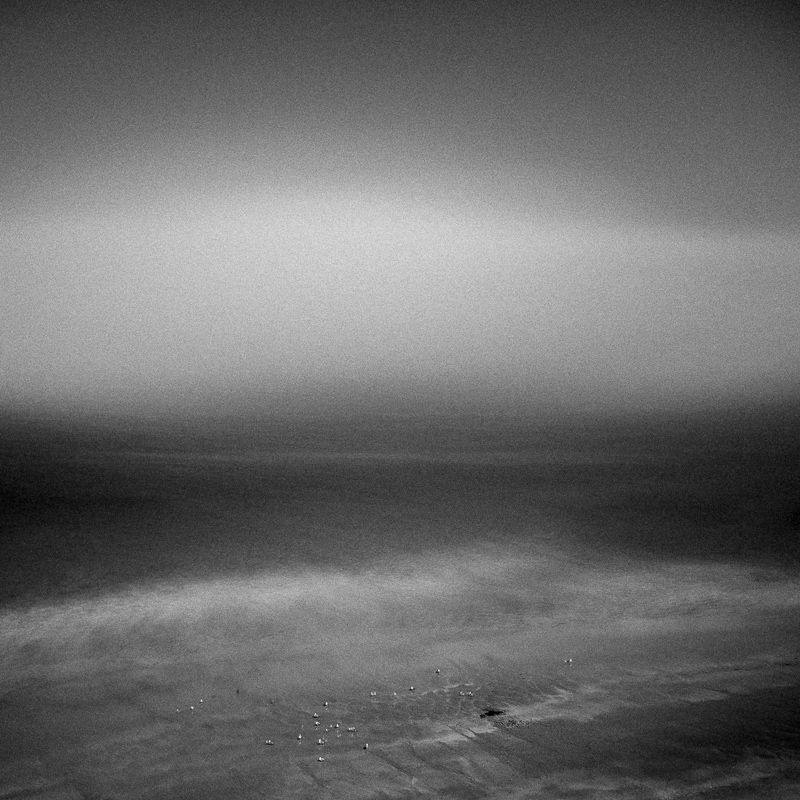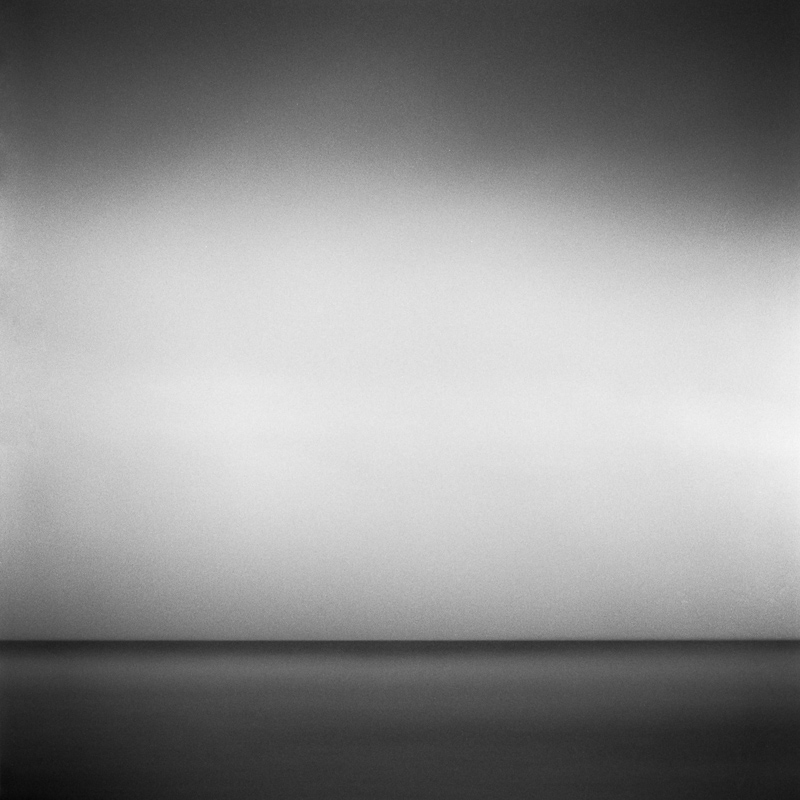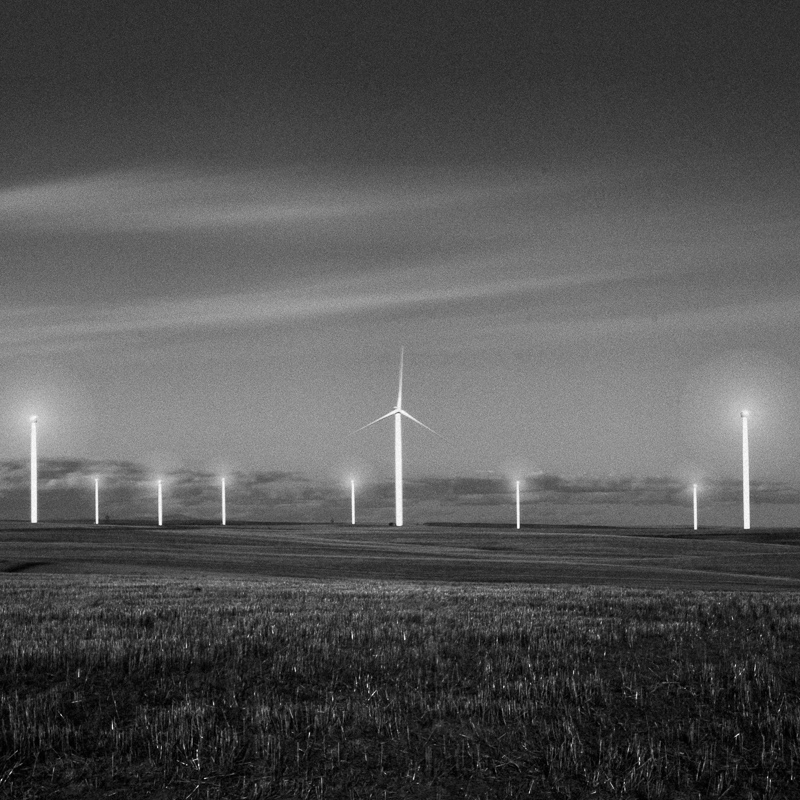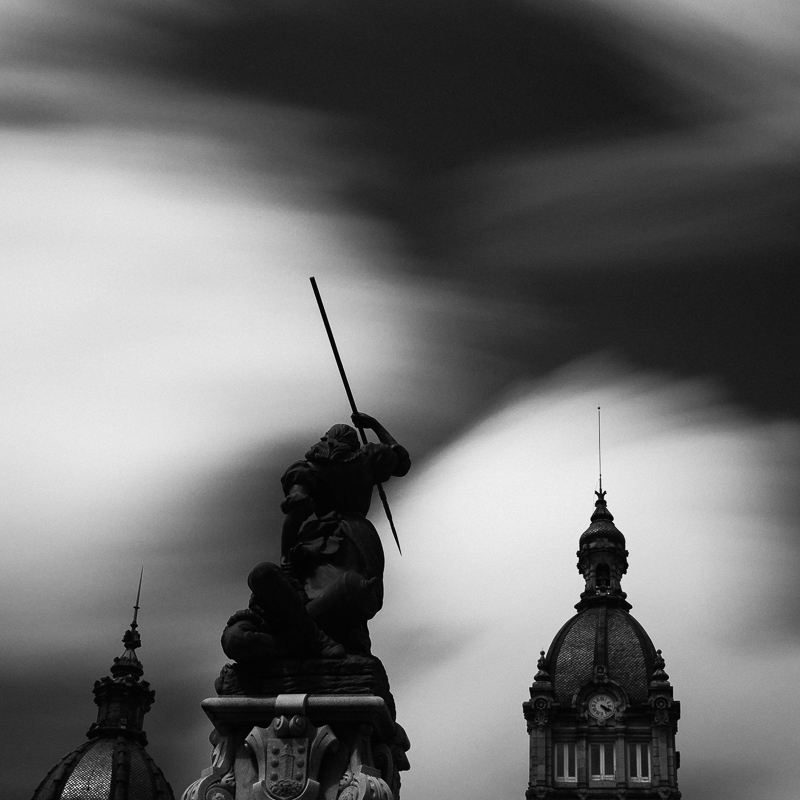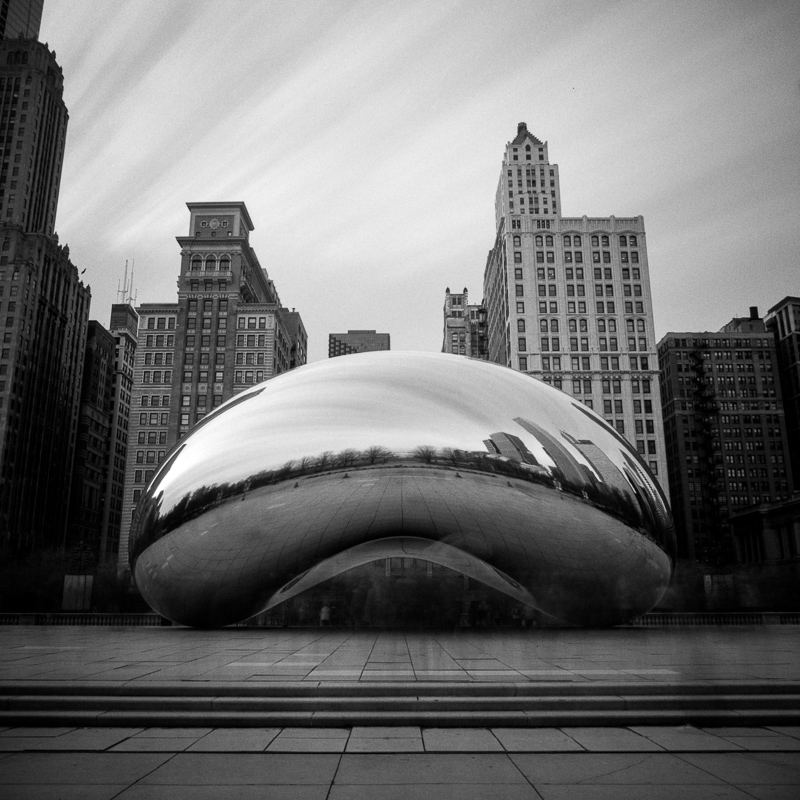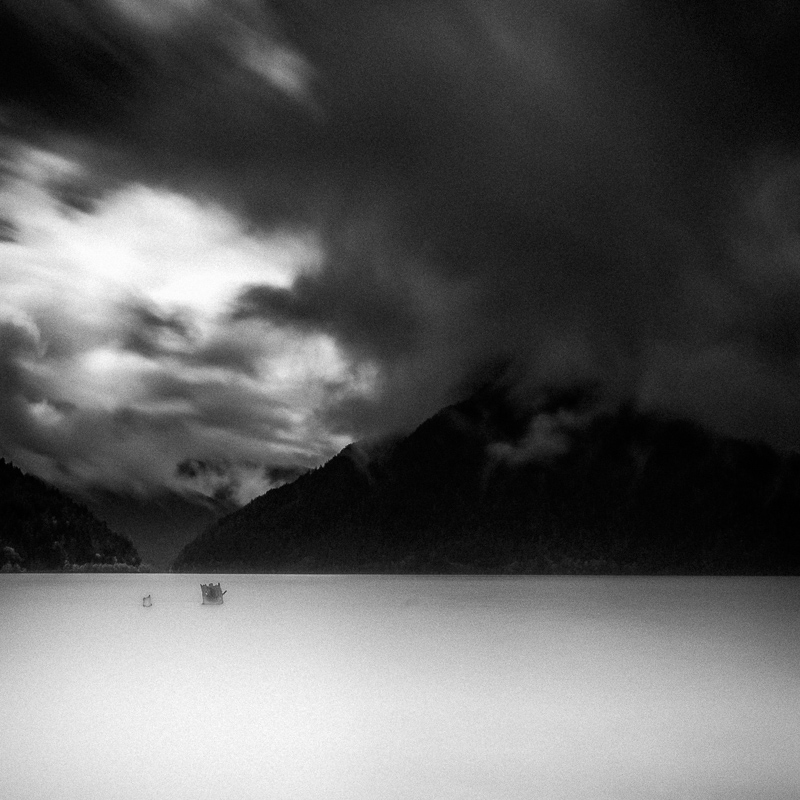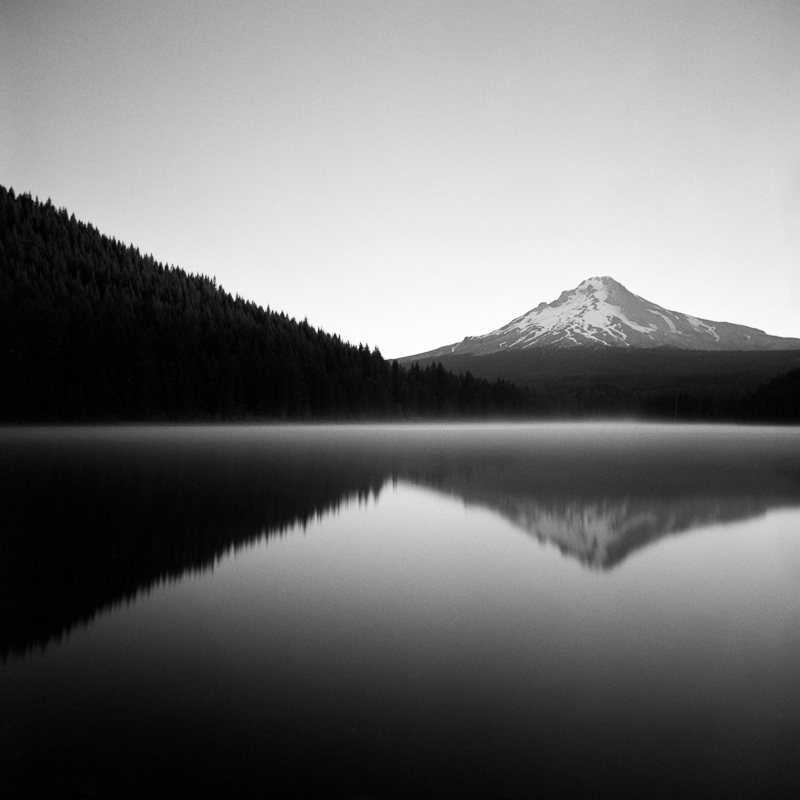This is the fourth chapter of the series Long Exposure Photography. A new post is published every Wednesday.
In this new chapter of the Long Exposure Photography series, we are going to talk about what is arguably the most important thing when it comes to making good long exposure images: the subject.
While there are no strict rules in long exposure photography and the results might be unpredictable, we should be aware of a few concepts that are usually true.
After talking a bit about them, I'll be showing you plenty of examples of what you can expect to create with long exposures. These are examples from my own archive and represent only a tiny part of what can be achieved with long exposure photography.
This is, in my opinion, the most creative technique in photography, allowing you to develop your own vision and create very unique imagery.
Practice and dedication are required to get the results we want, though. If you like any of the images you see here, try to get out and create them (or something very similar) by yourself. Then, you can add your own twist to it. This is the only way to learn.
We need movement
If you try to take a 5-minute exposure of a wall, you will be disappointed to see find out that the end result looks like a 1/60th of a second exposure.
Long exposure photography needs movement: clouds, water, cars, people, stars... almost anything that moves will work.
But not too much
As we'll see in the examples, if everything in the frame is moving (think of clouds or water) the long exposure will result in an abstract image. That's fine if that's what we are after.
We'll need to add fixed objects to tell stories with long exposures.
Same composition rules
Composing a long exposure should be like composing a regular shot. That means that whatever rule you might use to compose your images, like the rule of thirds, can be applied here as well.
Be prepared for the unexpected
When you leave your shutter open for several minutes, unexpected things might happen. Most of the time, you can't control what is going to pass in front of your camera, and something might show up in your image.
You might be photographing at night just to have a car pass by with the lights on. Someone might step in front of your camera while you are capturing a long exposure of a building.
Whatever it is, be prepared to embrace the unexpected. Sometimes, accidents are the best thing that can happen to you in long exposure photography.
Examples
Abstract Long Exposures
If everything in our frame is moving and we keep the exposure for long enough, we'll get abstract images.
The easiest way to do this is to photograph the sky or water. Without a fixed subject to focus on, the pass of time makes those clouds and water look like textures or patterns.
Can you tell what this is?
This is a long exposure of a beach, taken from an elevated vantage point. The top half of the frame contains the sky and some morning fog. The bottom half of the frame is reserved for the ocean, some waves and those tiny white dots: seagulls on the beach.
Even though this image has more elements than just sky and water, it's hard to tell what those small white dots are, resulting in a very abstract picture.
The Pacific Ocean and some clear night skies.
If this image looks familiar, it could be because of Sugimoto's Seascapes, an incredible collection of long exposures of oceans all around the world.
Another abstract result.
Telling a story with fixed subjects
Adding fixed objects to long exposures will create images that aren't abstract, but rather will tell a story. Think of structures like bridges, buildings, or even trees.
Wasco County, Oregon. Out in the high desert, wind turbines define the landscape. They can make really good subjects for long exposures as well.
Even better is to find one that isn't working while all the others are moving at the dance of the wind.
In this frame, you can also see the effect of the long exposure on the clouds.
If you took a regular exposure of this scene, it'd seem that all of them were either working or stopped. The long exposure tells the story of that one wind turbine that wasn't moving that day.
María Pita, A Coruña. This is a very popular spot in the city, and I wasn't sure about how to photograph the statue.
It was a mostly clear day, so I waited for some clouds to be in the right position to make a long exposure. The result is much better than I thought it'd be, I really like the way those clouds came out. I took more long exposures but they didn't turn out as well, since it got overcast and there was no trace of blue skies like in this frame.
Here, the clouds add even more drama to a scene where a statue is holding a spear.
Another image from Wasco County, Oregon.
This photograph was one of my first long exposures. The sky is pretty dramatic, even though the first thing you probably notice in this frame is the silos.
They are the brighter part of the image and make a good subject against a darker background. The flag adds a little touch and contributes to the story.
I like this image but it's a little bit too complex.
The long exposure tells the story of an overcast, windy and bright day.
It does so with too many elements: clouds, flag, river and wind turbines.
This image, made in the Willamette National Forest, Oregon, tries to tell another story. In this case, one of a windy day.
Taken from below, I pointed the camera towards the top of these tall trees, focusing on the lower branches that weren't moving. That created some contrast between those branches and the ones higher up that were being hit by strong winds.
Making things disappear
This is the St John's bridge, in Portland, OR. Arguably the most beautiful one in the City of Bridges.
I made this long exposure on a rainy and foggy day, to remove all the distractions from the background. In normal conditions from this vantage point you'd be getting a lot of houses and other structures behind the arches. But this day, visibility was so low that only the bridge was visible.
The problem with this location is the heavy traffic. My idea was to make an image of an empty bridge, but the rain and fog came during rush hour and there were hundreds of vehicles driving on the bridge.
This is why I took a long exposure, to "remove" the cars. And I quote remove because you can still see their light trails.
In the end, I think that those "ghost cars" made this image even better than the one I had planned.
Cloud Gate, or The Bean, Chicago, Illionois. I'm sure most of you recognize this spot. If you've been to Chicago, you know how crowded this place can get, even early in the morning.
Taking a picture of it without people in front of your camera is pretty much impossible... unless you take a long exposure.
This one was a 10-minute long exposure, and it took care of all the people walking by, talking selfies, or even sitting down around the structure.
You can still see some shadows from some people who stood in the frame a little bit longer, but I think that adds some character to the image and tells a bit of a story too.
Smoothing the waters
The most common type of long exposure, by far, is of any object in water. It can be a pole, a boat, rocks...
Personally, I try to avoid this kind of images because they are overused.
I still use water in my long exposures, though, but in different ways. I think water is the best negative space that you can add to your image, and we'll talk about this in the next few examples.
Crescent Lake, Washington.
I wanted to capture the mountain and the clouds that were swallowing it. My first instinct was to use a longer lens and zoom in the mountain, but after further thinking I dismissed the idea. It'd be too busy and dark.
I decided to include the lake in the bottom part of the frame as negative space. There was a stump in the lake, which wasn't ideal for my purpose, but I think it doesn't distract the viewer and adds a little bit to that space.
Trillium Lake, Oregon.
If you've got some calm water and a subject as impressive as Mt Hood, then you can use a long exposure to create an almost perfect mirror. The morning mist helps to set the boundaries between the two images within the frame.
Chicago, Illionis. Another example of using a long exposure to create negative space.
Would have been this a regular exposure, the water would be a distraction from the main subject of the photograph: the skyline.
I looked for the perfect spot to create this image for 2 days, until I found it. The long exposure allowed me to create a rather calm and simple image of something complex and loud and busy like a downtown.
Porto do Son, A Coruña.
Here, I wanted to capture the fog rolling in and gobbling the town up. The waves that were breaking in my foreground would have ruined the calm tone I wanted for this image.
While my long exposures are usually several minutes long, I didn't want to lose the movement of the fog here so I kept it "short", of just about 45 seconds. That smoothed the water out, removing any distractions from the waves, while still rendered the fog show its movement, and not just as a white, static layer.
Other examples
Mendocino, California. I waited all day to make this image.
I wanted to capture the arch as a silhouette, almost black shape. To do this, I needed it to be backlit. Just before the Sun set in the horizon, I was there ready to take the exposure.
There was one problem though: one person was standing on top of the arch, and seemed to be pretty content over there. I thought I could remove them in Photoshop, so I made the long exposure anyway.
To my surprise, and after a long time standing there, he moved half way my exposure. That created this "ghostly" human shape in the image, which I decided to leave intact.
Moonrise above Mt St Helens.
I'd been planning this shot for months. I needed the right conditions: full or almost full moon, also low in the sky, not at crazy hours in the night (I still had a 9-to-5 job), a clear night, and at the right position for the landscape of choice (I had 2 or 3 options).
I finally got those conditions on a cold October night, at Mt St Helens National Volcanic Monument. It was a 3.5-hour long exposure.
Extreme long exposures can create a completely new world, and they can be totally unpredictable. This wasn't the case for my image, but it is for long exposure that last days and even weeks, usually captured with a pinhole camera.
Conclusion
Subject matters, even more if possible in long exposure photography.
Practice makes the master. The best way to get great long exposure images is getting out there and trying and failing, over and over again.
Over time, you'll start "seeing" your images, even when they don't exist - you are creating them with your long exposures.


